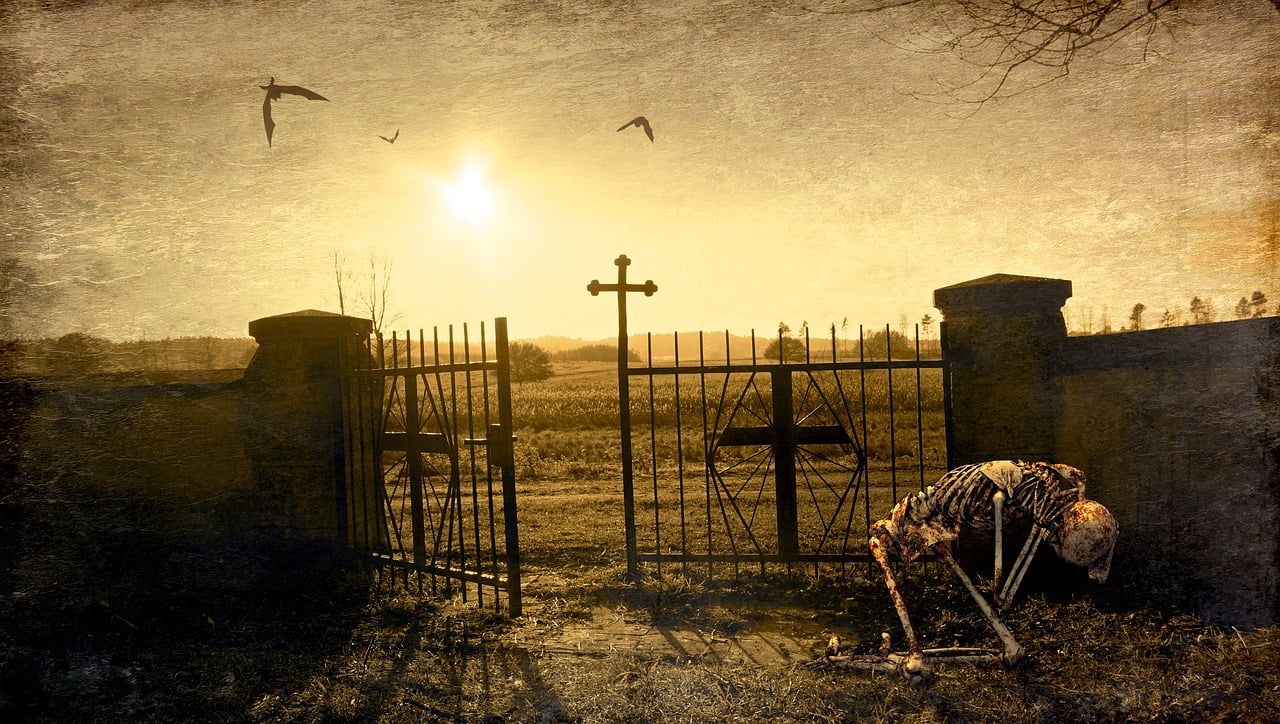Scientists around the world estimate that the sun is going to die in about five billion years. However, they have never been sure about what the sun will turn into after its death, until now. A team of scientist believe that it will become a bright planetary Nebula following its death.
An international team of scientists believes that the sun is going to become a massive ring of luminous, interstellar gas and dust which is also known as a bright planetary Nebula. Professor Albert Zijlstra of the School of Physics & Astronomy agrees with the predictions.
Planetary nebulas are known for marking the end of 90% of all stars that had active lives and supports the transition from a red giant to a degenerate white dwarf. However, scientists didn’t know if it would be the same case with the sun in our solar system. Scientists previously thought that the sun’s mass is too low to create a visible planetary nebula.
In order to determine the sun’s fate, the team made a new stellar, data-model that is capable of revealing the life-cycle of stars. The team used this model to see the brightness of the ejected envelope of stars that have different masses and ages. Their results were published in the journal Nature Astronomy.
“When a star dies it ejects a mass of gas and dust – known as its envelope – into space. The envelope can be as much as half the star’s mass. This reveals the star’s core, which by this point in the star’s life is running out of fuel, eventually turning off and before finally dying,” Zijlstra explained in a statement.
“It is only then the hot core makes the ejected envelope shine brightly for around 10,000 years – a brief period in astronomy. This is what makes the planetary nebula visible. Some are so bright that they can be seen from extremely large distances measuring tens of millions of light years, where the star itself would have been much too faint to see.”
The discovery also solves a problem that scientists had approximately 25 years ago. Back then, astronomers found out that the brightest planetary nebulae living in different galaxies always had the same brightness. Basically, scientists found it possible to observe how far away a galaxy is by looking at the brightest planetary nebulae and in theory, this method worked for any galaxy.
However, even though the data the team got was correct, scientific models didn’t support this method.
“Old, low mass stars should make much fainter planetary nebulae than young, more massive stars. This has become a source of conflict for the past for 25 years. The data said you could get bright planetary nebulae from low mass stars like the sun, the models said that was not possible, anything less than about twice the mass of the sun would give a planetary nebula too faint to see.”
New models show that once the ejection of the envelope is complete, the heat of the stars increases up to three times faster as compared to the previous models. That means that the low mass star such as our sun is capable of forming a bright planetary nebula at the end of its life.
Professor Zijlstra added: “We found that stars with mass less than 1.1 times the mass of the sun produce fainter nebula, and stars more massive than 3 solar masses brighter nebulae, but for the rest the predicted brightness is very close to what had been observed. Problem solved, after 25 years!”
[SOURCE]





